


Replanting forests can help cool the planet even more than some scientists once believed, especially in the tropics. But even if every tree lost since the...



Lightweight, powerful lithium-ion batteries are crucial for the transition to electric vehicles, and global demand for lithium is set to grow rapidly over the next 25...



Researchers created a detailed physical model that suggests a major Atlantic Ocean current will weaken far less under climate change than indicated by more extreme climate...
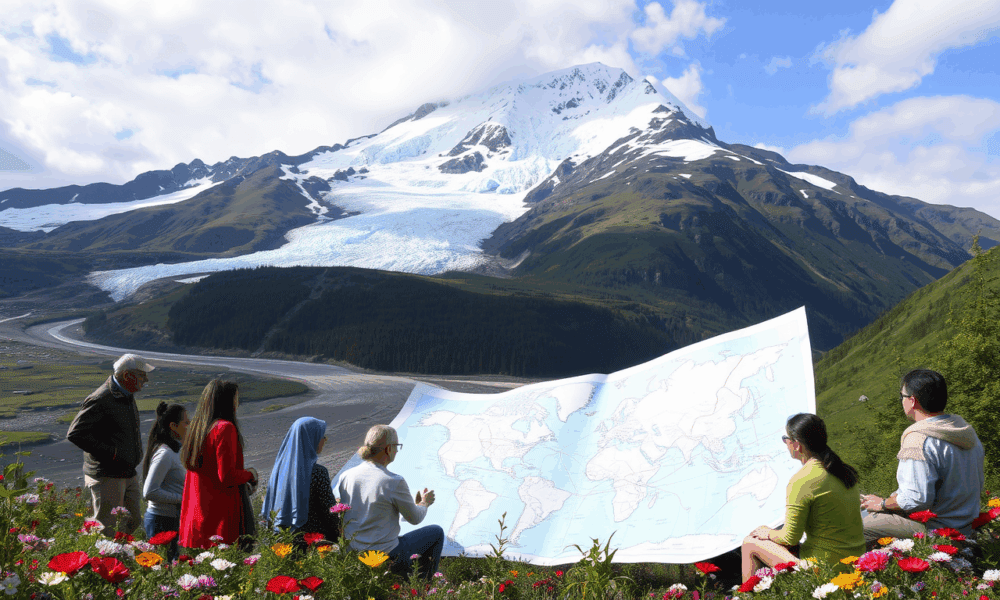
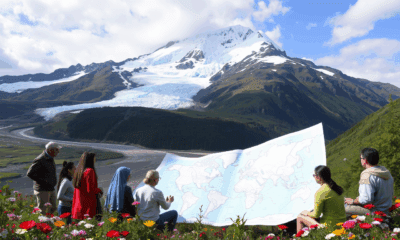

Anthropologists have examined the societal consequences of global glacier loss. This article appears alongside new research that estimates that more than three-quarters of the world's glacier...
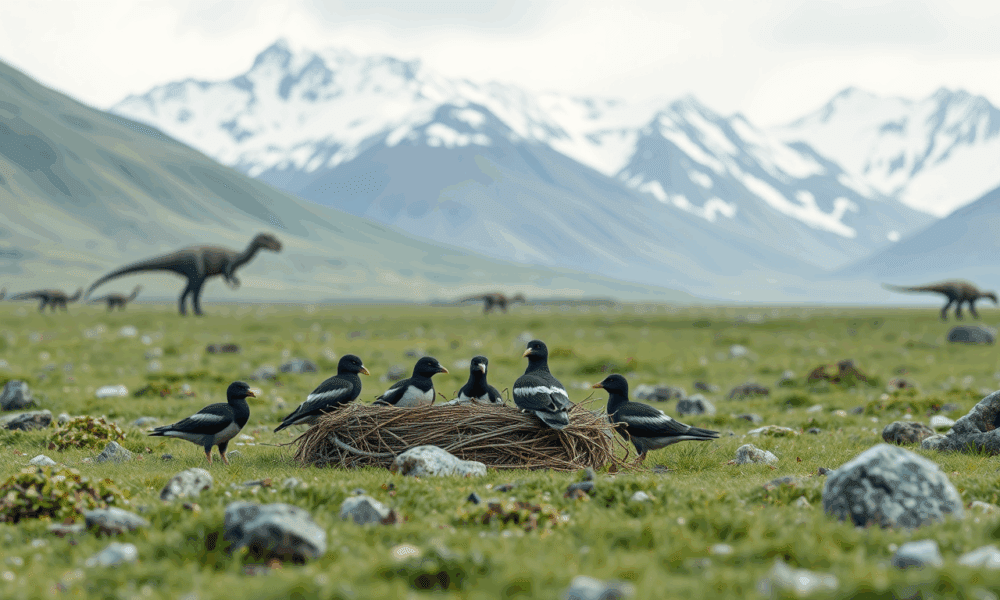
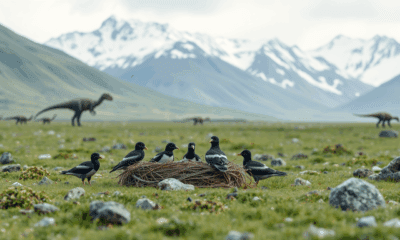

Spring in the Arctic brings forth a plethora of peeps and downy hatchlings as millions of birds gather to raise their young. The same was true...
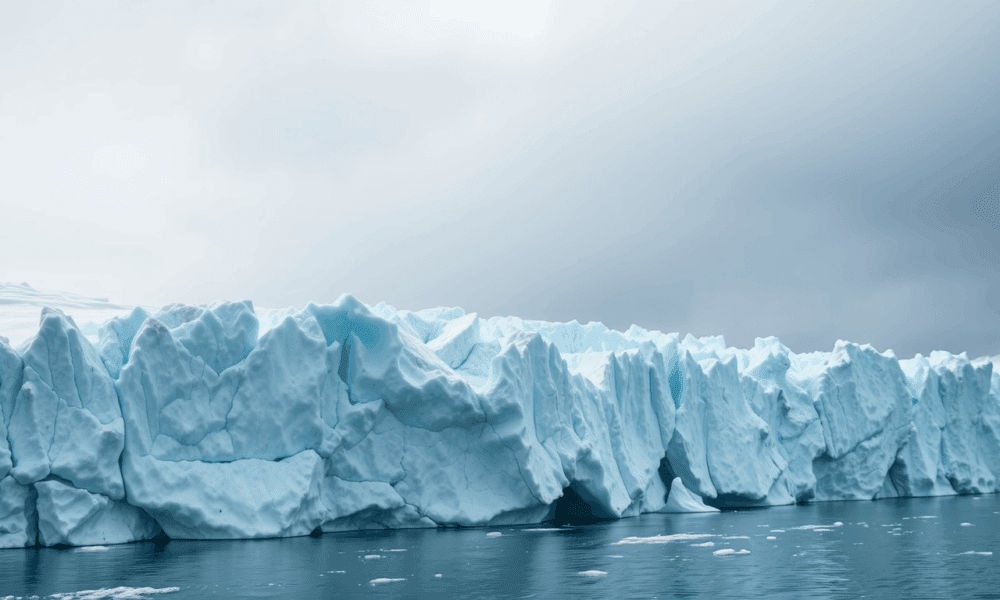
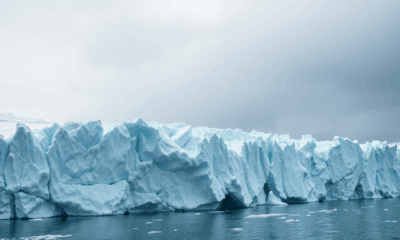

A new study finds that if global warming exceeds the Paris Climate Agreement targets, the non-polar glacier mass will diminish significantly. However, if warming is limited...



The fossils of ancient salamander-like creatures in Scotland are among the most well-preserved examples of early stem tetrapods -- some of the first animals to make...
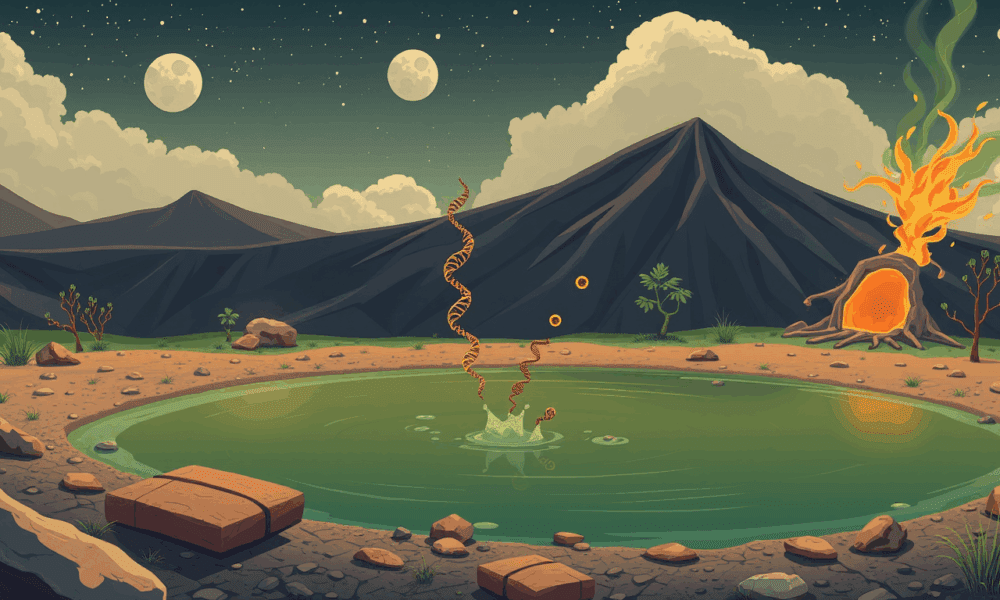


Chemists have demonstrated how RNA (ribonucleic acid) might have replicated itself on early Earth -- a key process in the origin of life.



Palaeontologists have analyzed the most complete stegosaurian skull ever found in Europe and rewritten the evolutionary history of this iconic group of dinosaurs.



Most people have witnessed -- or rather smelled -- when a protein enzyme called sulfite reductase works its magic. This enzyme catalyzes the chemical reduction of...